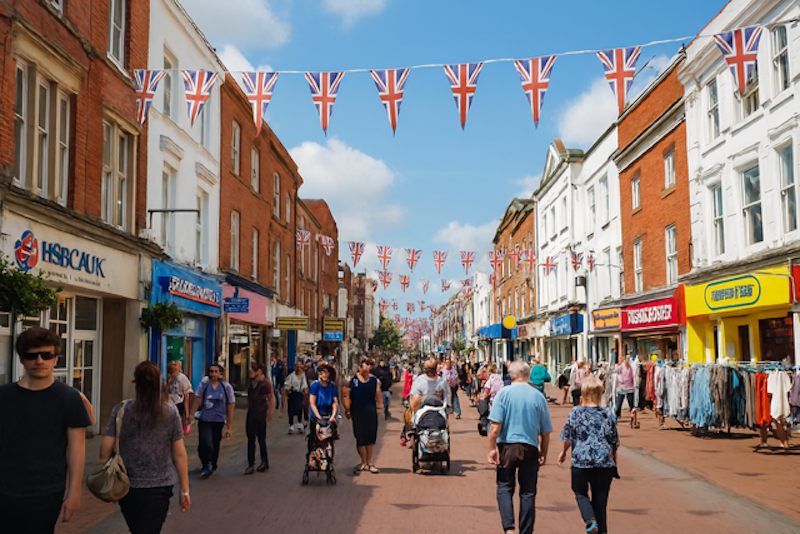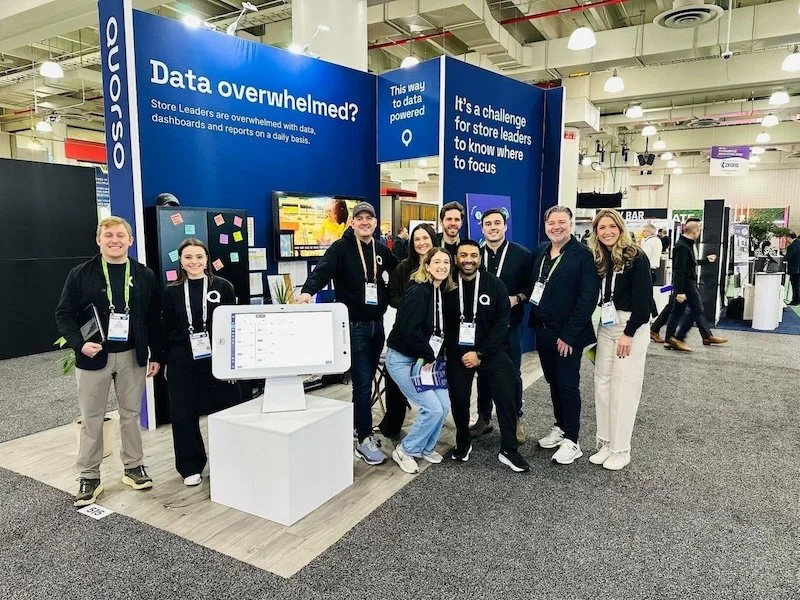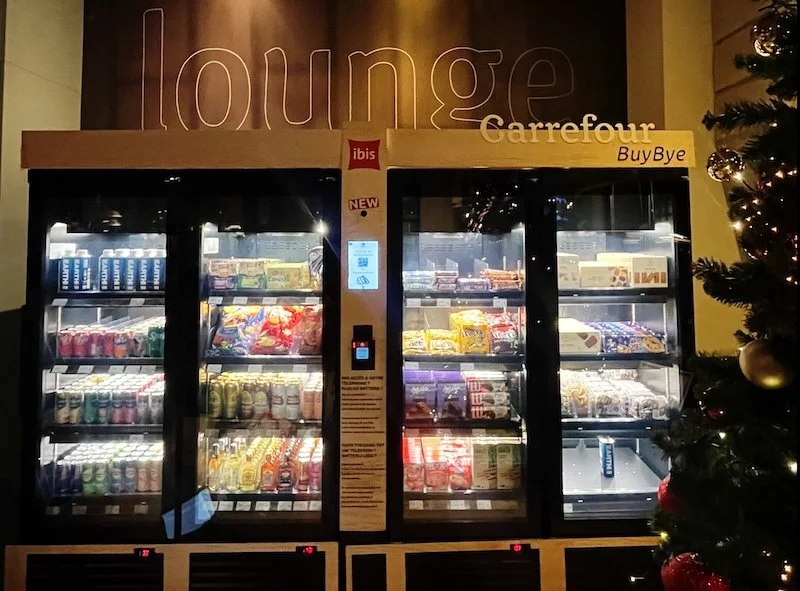How social media has become an essential tool for the retail industry
The rise of many technologies that have transformed processes across several industries has been significant in recent years. Social media has become a technological tool used to reach the masses. Undoubtedly, social media is essential to any business, especially in retail, considering it’s all about the masses.
As social media's popularity continues to grow, there have been several ways in which it works as a tool in several scenarios. For example, social media is used to influence a short squeeze, which is characterised by any sudden and substantial surge in security and stock prices.
Ways Social Media is Transforming Retail
As social media continues to influence how businesses reach the masses, here are some ways in which it has become an essential tool, especially in the retail industry.
Better Communication with Customers
Social media has provided a gateway for retailers to enhance customer engagement. Retailers can create unique opportunities to explore their customers on a personal level. As a marketing tool, social media has differentiated itself from traditional marketing channels by allowing retailers more direct and real-time interaction.
Retailers can now simply respond to customers through messages, reviews, and comments right on these social media platforms. This means that customers will feel more valued as their feedback and opinions are considered. Retailers can promptly address any customers' inquiries and concerns, which transforms into loyalty and satisfaction.
Creating Targeted Marketing Strategies Through Data Analytics
Data analytics allow retailers to develop targeted marketing strategies on social media. They simply do this by analysing a social media matrix and customer data. This commonly provides in-depth insights into customer preferences, trends and behaviour.
For the longest time, data analytics has allowed retailers to track and measure the performance of any social media marketing strategy. They do this by monitoring metrics such as click-through rate and conversion rate.
This means retailers can use this to identify any strategies that are working and, therefore, make better decisions that can optimise any campaign. This monitoring process assists retailers in ensuring they have the correct marketing strategies in place.
Data analytics is also known for its ability to segment customers based on various criteria, such as purchasing behaviour and interest. This means retailers can create personalised marketing strategies for a specific customer segment.
The idea is simple here because it means if they deliver the relevant content to the right people, they can significantly become more effective with these campaigns. This will likely drive the conversion rate higher.
Better Sales Through Influencer Collaborations
Influencer collaborations are a common strategy that most companies have adopted on social media platforms. Influencers are commonly characterised by having large social media followings and having the power to influence an audience's purchase decision.
Most retailers have identified the value of partnering with influencers to build a loyal and engaging fan base. Influencer marketing works by creating content that reviews the retailer's products and services and shows any benefits associated with them. Most people tend to trust these reviews as they’re commonly genuine. This is likely to influence customer purchasing decisions and increase conversion rates.
One platform that simplifies this process is https://popularpays.com/ which connects brands with influencers, streamlining collaborations to make them more efficient and impactful. By providing tools to find the right influencers, track performance, and manage campaigns, Popular Pays eliminates much of the complexity involved in influencer marketing. This makes it a worthwhile investment for companies looking to boost their social media presence and drive sales.
These collaborations assist retailers in creating more trust and credibility. This is because most customers view these recommendations as more personal. Influencer collaborations have become a powerful tool. As more retailers continue to collaborate with the right influencers, they are likely to drive their sales, create a much stronger brand presence and build trust.
Infusing Tech Into the Trend
As trends such as AI, augmented reality (AR) and virtual reality (VR) advance, there are likely to be more and newer innovations in social media marketing. These technologies are likely to allow consumers to try out products virtually and visualise the full capabilities without going to an actual store.
This simply means the shopping environment can be brought straight into a consumer's living space. As more consumers embrace social media, this trend is likely to continue to grow.































Continue reading…